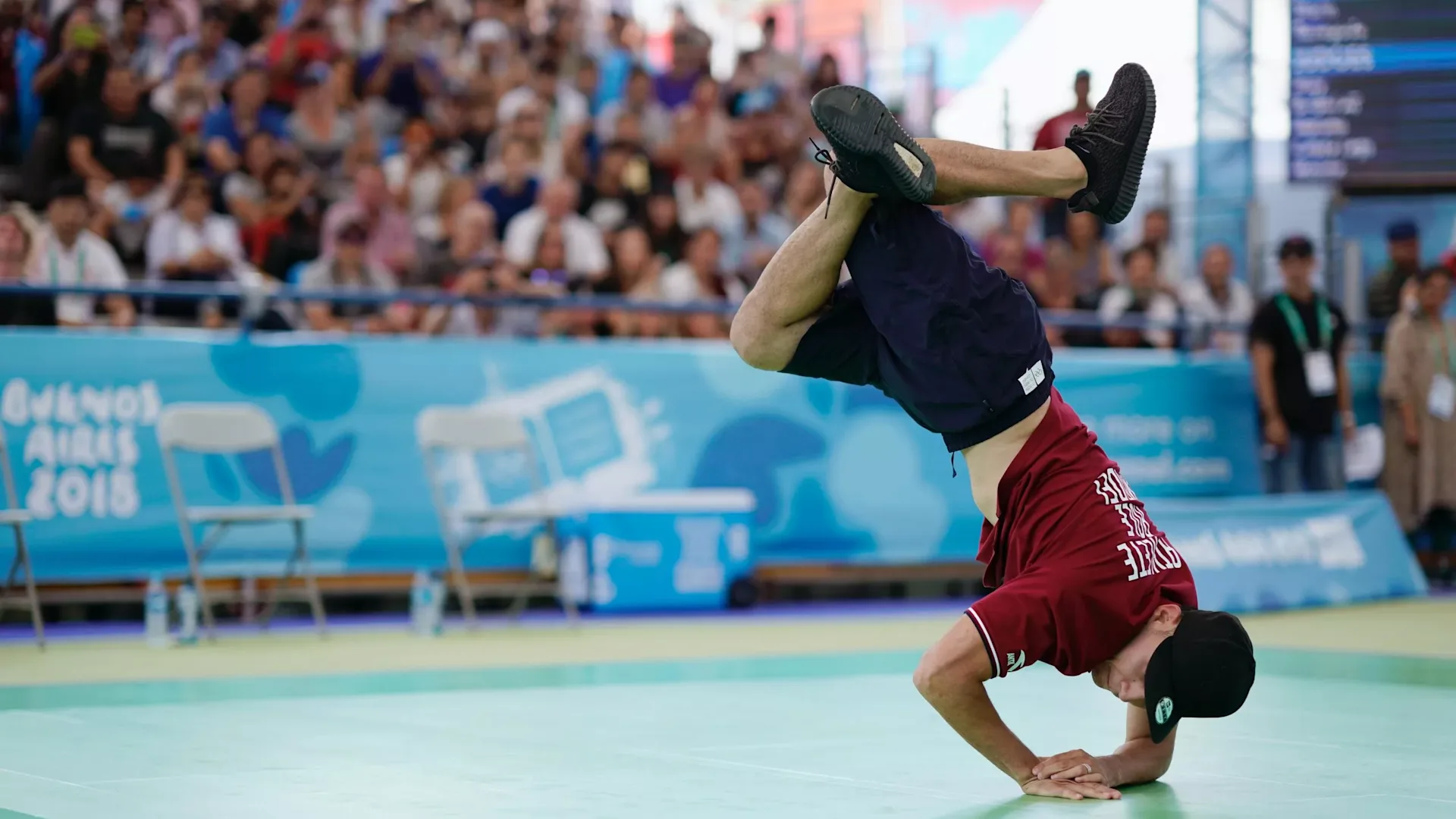By: Leaya Chen
This year’s Olympic games have a new sport: Breaking. On August 9th and 10th, B-boys and B-girls will fight for the gold. In total, 16 men and 16 women will compete, representing more than a dozen countries. Breakers for the 2024 Olympics include winners of the World Dance Sports Federation’s World Breaking Championship, Victor Montalvo of the United States and Dominika Banevič of Lithuania.
Breaking originated in Black and brown communities, especially in the Bronx, as a resolution for gang conflict in the 1970s, so they could dance instead of fighting. The name comes from the “break,” or standout part of a song. When DJ Kool Herc noticed people going off on the dance floor during the song breaks, he wanted to expand those parts. He also came up with the expressions “B-boy” and “B-girl.” for the breakers. (Which stands for Break-boy and Break-girl.)
Many people think “breaking” is the same as “breakdancing,” but it’s not. “Breakdancing” is a word that was publicized by the media and incorrectly used to describe other street dances.
In the Olympics, breakers will battle in three rounds called “throwdowns.” During these one-on-one matchups, nine judges will judge the breakers on five categories: originality, technicality, vocabulary, execution, and musicality.
Breaking will not be in the L.A. 2028 Olympics, but many breakers hope an introduction in Paris could help it return for the 2032 Games. Although some breakers worry that becoming an Olympic event will decrease the culture of breaking, Ismael Toledo of Brazil and many other breakers believe the increased attention on breaking will provide more opportunities.
“I think it’s needed,” Toledo says. “I’m happy and grateful for the people that are up there doing it.”
Sources:











